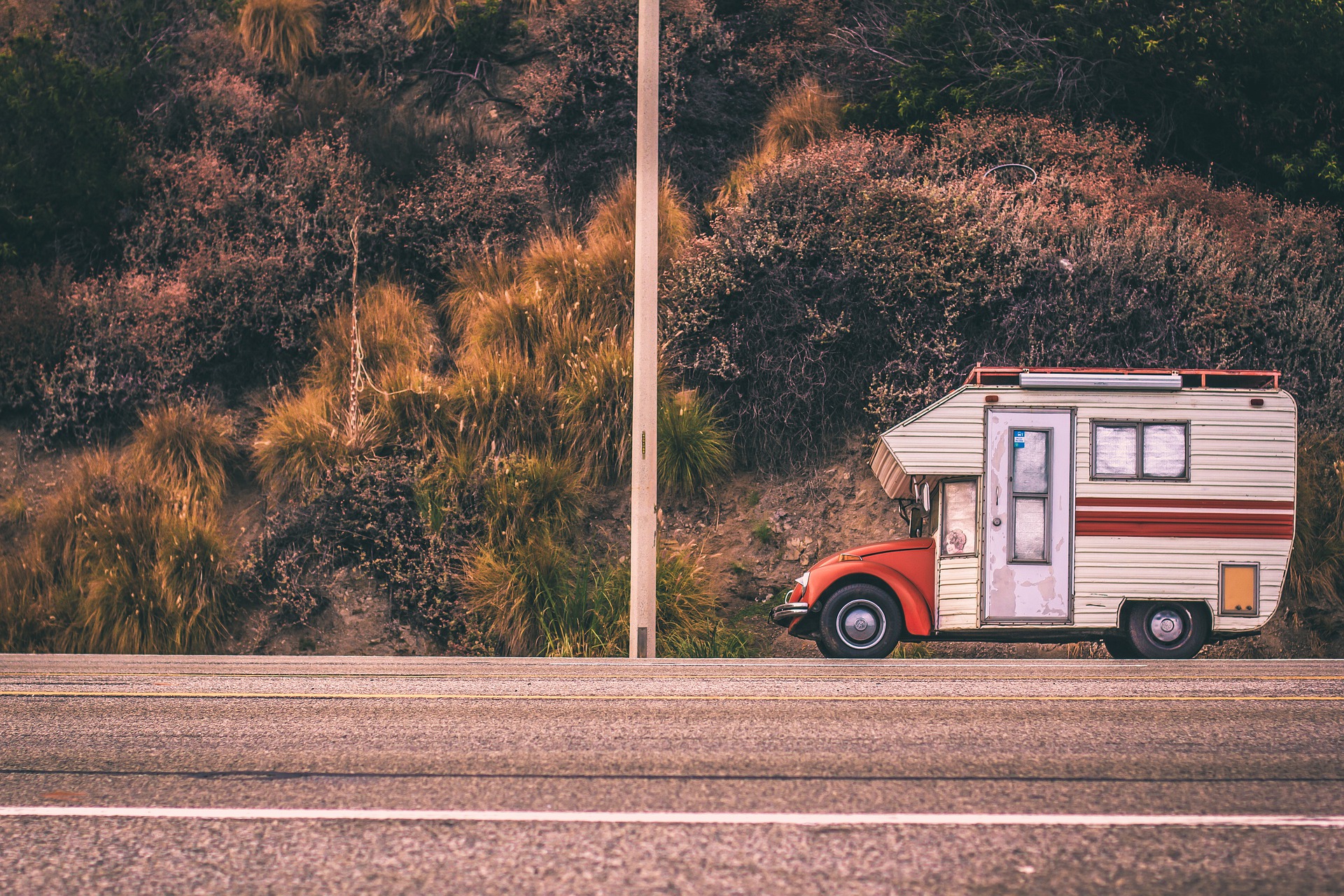Volkswagen Vanagon — Practical Guide to Models, Camping Conversions, Maintenance, and Buying
The Volkswagen Vanagon represents one of the most beloved and practical adventure vehicles ever produced. Known for its distinctive boxy design and versatile interior space, this iconic van has captured the hearts of travelers, families, and outdoor enthusiasts worldwide. Whether you're considering purchasing your first Vanagon or looking to better understand the model you already own, this comprehensive guide covers everything from factory specifications to camping conversions and essential maintenance practices.
The Volkswagen Vanagon, also known as the T3 in European markets, stands as a testament to practical German engineering and has become synonymous with adventure travel and mobile living. Produced from 1979 to 1991, this third-generation Volkswagen van offers a unique combination of reliability, versatility, and charm that continues to attract enthusiasts decades after production ended.
History and Model Variants: Factory Types and Key Differences
The T3/Vanagon lineup included several distinct factory configurations designed for different purposes. The base Vanagon served as a passenger van with seating for seven or eight people, while the Caravelle offered more luxurious appointments and improved interior finishes. The most sought-after variant remains the Westfalia, a factory-built camper featuring a pop-top roof, kitchenette, and sleeping accommodations.
Key differences between model years include interior layouts, engine options, and available features. Early models (1980-1983) featured simpler interiors and air-cooled engines, while later versions introduced water-cooled engines and more sophisticated amenities. The Syncro all-wheel-drive system became available in 1986, providing enhanced traction for off-road adventures.
Engines, Drivetrain and Performance Characteristics to Expect
Vanagon powertrains evolved significantly throughout the production run. Air-cooled engines dominated early years, with the 2.0-liter flat-four producing approximately 67 horsepower. The transition to water-cooled engines brought the 1.9-liter four-cylinder (76 hp) and later the 2.1-liter four-cylinder (90-95 hp), offering improved reliability and performance.
The rear-engine, rear-wheel-drive configuration provides excellent traction in snow and challenging conditions. Syncro models feature a sophisticated all-wheel-drive system that can be engaged when additional traction is needed. Performance expectations should remain realistic, with acceleration from 0-60 mph typically requiring 15-20 seconds depending on engine and load.
Camping Configurations and Interior Layouts
Westfalia campers represent the pinnacle of factory camping conversions, featuring fold-down beds, refrigerators, stoves, and ample storage. The pop-top roof creates additional headroom and sleeping space for two adults. Weekender models offered a simplified camping package without the full kitchen facilities.
DIY conversions have become increasingly popular, allowing owners to customize interiors according to specific needs and preferences. Common modifications include installing solar panels, upgraded electrical systems, composting toilets, and custom cabinetry. The spacious interior dimensions (approximately 6 feet wide by 10 feet long) provide excellent potential for creative layouts.
| Configuration Type | Features | Typical Cost Range |
|---|---|---|
| Original Westfalia | Pop-top, kitchen, refrigerator, beds | $25,000 - $60,000 |
| Weekender Model | Pop-top, basic camping setup | $15,000 - $35,000 |
| DIY Conversion | Custom layout, modern amenities | $5,000 - $25,000 (conversion costs) |
| Base Passenger Van | Standard seating, no camping features | $8,000 - $20,000 |
Prices, rates, or cost estimates mentioned in this article are based on the latest available information but may change over time. Independent research is advised before making financial decisions.
Maintenance Checklist, Common Issues and Recommended Upgrades
Regular maintenance proves essential for Vanagon longevity. Critical inspection points include cooling system components, particularly the water pump and thermostat in water-cooled engines. The CV joints and transmission require attention due to the rear-engine configuration’s unique stresses.
Common issues include cooling system failures, electrical problems, and rust in specific areas like the rear quarter panels and door frames. The auxiliary air system in Westfalia models often requires attention, as do the hydraulic components supporting the pop-top mechanism.
Recommended upgrades include installing auxiliary transmission coolers, upgrading to modern LED lighting, and adding insulation to improve temperature control. Many owners install modern stereo systems and USB charging ports to enhance comfort during extended travels.
Buying Tips, Inspection Points and Ownership Considerations
Purchasing a Vanagon requires careful inspection and realistic expectations about ongoing maintenance requirements. Examine the engine bay for signs of overheating, check all electrical systems including lights and auxiliary equipment, and inspect the body for rust or accident damage.
Documentation becomes crucial, particularly maintenance records and any modification history. Original Westfalia components command premium prices, making authenticity verification important for serious collectors.
Ownership considerations include parts availability, which remains generally good through specialized suppliers, and the learning curve associated with rear-engine maintenance procedures. Insurance costs vary significantly based on usage patterns and agreed-value policies for well-maintained examples.
The Vanagon community provides exceptional support through online forums, regional clubs, and specialized mechanics familiar with these unique vehicles. This network proves invaluable for troubleshooting, sourcing parts, and sharing modification ideas.
Whether pursuing weekend camping adventures or extended overland travel, the Volkswagen Vanagon offers a distinctive combination of practicality and character that few modern vehicles can match. Understanding the various models, maintenance requirements, and modification possibilities ensures informed decision-making and years of enjoyable ownership.





